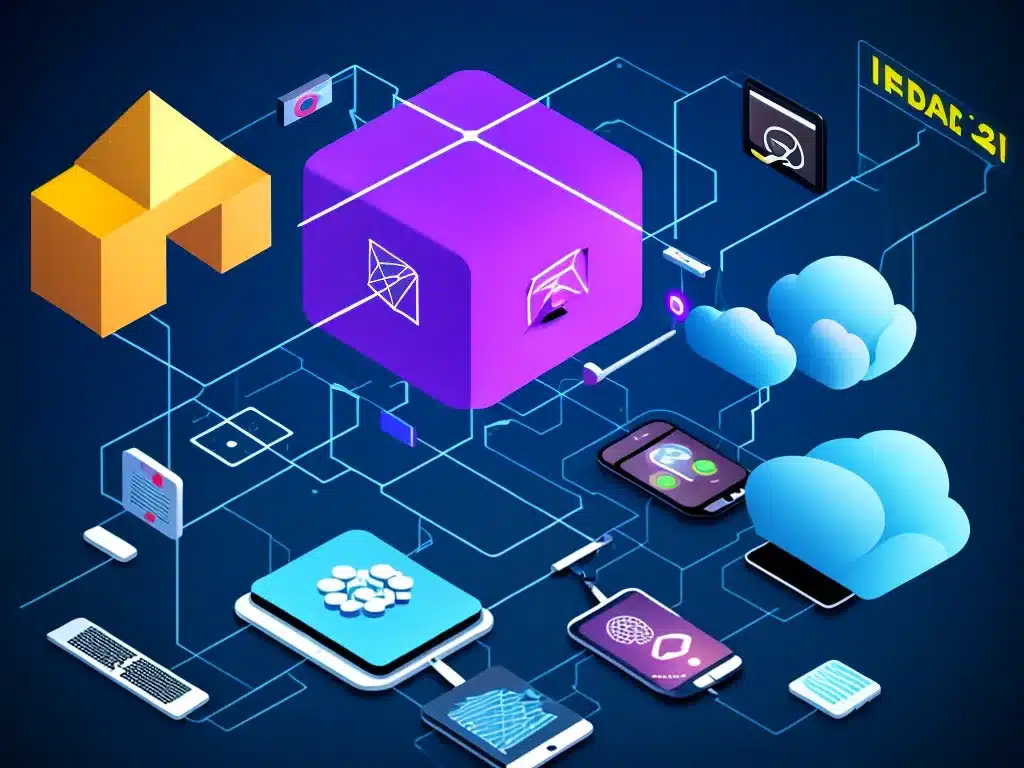Introduction
The year 2024 will likely see significant advancements in Web 3.0 and decentralized internet technologies. As I look ahead to 2024, here is my perspective on where things may be headed.
The Expansion of Web 3.0
Web 3.0, also known as the semantic web, aims to make internet content machine-readable and intelligently connect information through relationships. By 2024, Web 3.0 will power more immersive, interactive, and intuitive online experiences.
- Web 3.0 will enable artificial intelligence assistants to have more natural conversations and provide hyper-personalized recommendations.
- The semantic linking of data will allow for deeper insights from analyzing massive amounts of connected information.
- Augmented reality and virtual reality experiences will become seamless as 3D assets can be accurately placed in physical spaces based on contextual data.
Overall, Web 3.0 will transform today’s web from a collection of documents to a web of data, enhancing discovery, automation, and analytics.
The Growth of Decentralized Platforms
Decentralized internet platforms built on blockchain technology will also expand significantly by 2024. Rather than information flowing through centralized servers, decentralized networks allow peer-to-peer transmission of data.
- Social media engagement may shift towards decentralized platforms like Steemit which reward content creators and curators directly with cryptocurrency.
- Cloud storage services like Filecoin provide alternatives to centralized servers for storing files and data.
- VPNs and ISPs running as decentralized autonomous organizations can enhance privacy and reduce censorship.
The benefits of resilience, transparency, and user control will drive adoption of decentralized apps and protocols.
The Internet of Value
As cryptocurrency and digital assets become more mainstream, the internet will increasingly transmit value in addition to information.
- Digital wallets using Web3 APIs will enable quick peer-to-peer payments and micropayments.
- Smart contracts can programmatically enforce agreements and exchange currency or assets according to predefined logic.
- NFTs will pave the way for decentralized digital ownership of assets like collectibles, virtual land, intellectual property, votes, and more.
This “Internet of Value” stands to disrupt numerous industries through tokenization and decentralized finance (DeFi).
Challenges to Overcome
While the potential is exciting, realizing this more open, decentralized internet still faces obstacles.
- Seamlessly bridging with existing Web 2.0 and legacy systems remains an engineering challenge.
- Mainstream user adoption requires improvements in usability and intuitive interfaces.
- Legal and regulatory uncertainty around cryptocurrency, digital assets, decentralization must be addressed.
- Scalability and energy efficiency needs to increase substantially to support global usage.
The Path Ahead
By 2024, I expect Web 3.0 and decentralized internet technologies to gain meaningful traction. However, work remains to build out technical infrastructure, improve mainstream accessibility, and evolve legal frameworks. The coming years will be formative in developing the next generation of the internet that transforms how we create, collaborate, and exchange value.













